Fundamentals of Horticulture
Horticulture primarily differs from agriculture in two ways; firstly it generally encompasses a smaller scale of cultivation, using small plots of mixed crops rather than large fields of single crops. Secondly horticultural cultivations generally include a wide variety of crops, even including fruit trees with ground crops. Agricultural cultivations however as a rule focus on one primary crop.
In pre-contact North America the semi-sedentary horticultural communities of the Eastern Woodlands (growing maize, squash and sunflower) contrasted markedly with the mobile hunter-gatherer communities of the plains people. In Central America, Maya horticulture involved augmentation of the forest with useful trees such as papaya, avocado, cacao, ceiba and sapodilla. In the cornfields, multiple crops were grown such as beans (using cornstalks as supports), squash, pumpkins and chilli peppers, in some cultures tended mainly or exclusively by women.
Horticulturists can work in industry, government or educational institutions or private collections,. They can be cropping system engineers, wholesale or retail business managers, propagators and tissue culture specialists (fruits, vegetables, ornamentals, and turf), crop inspectors, crop production advisers, extension specialists, plant breeders, research scientists, and of course, teachers.
The present book is an attempt to provide overall information to the readers interested in various fundamentals and applied of horticulture.
Get it now and save 10%
BECOME A MEMBER

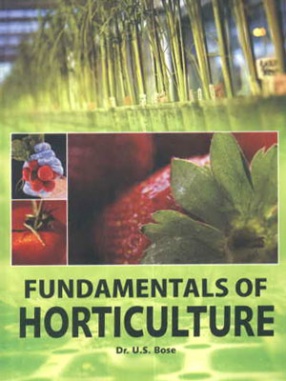
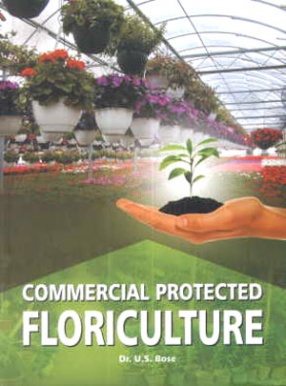
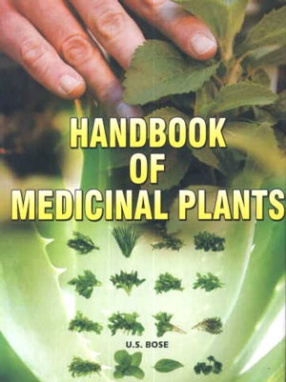
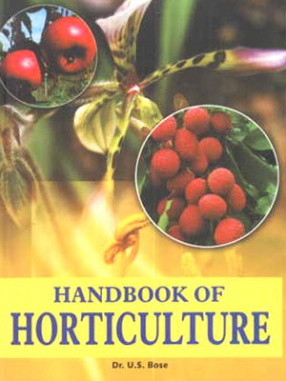
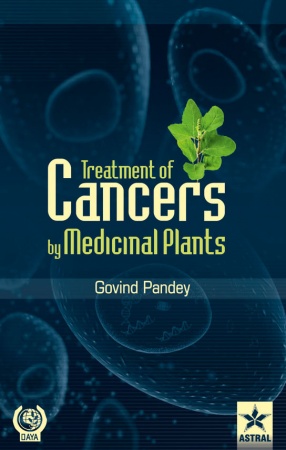
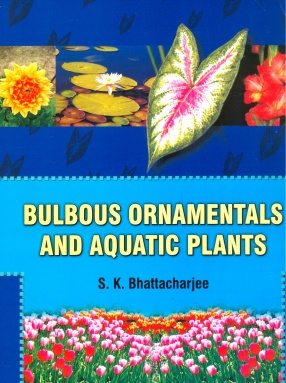
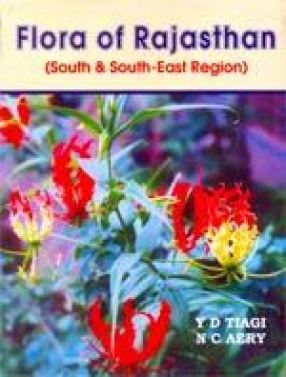


Bibliographic information